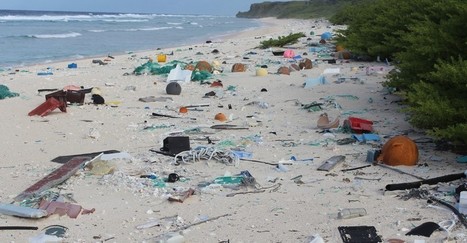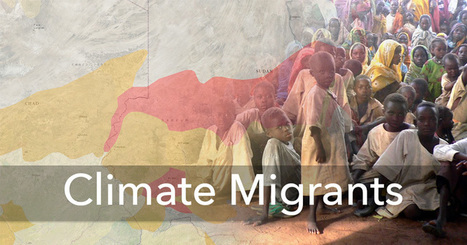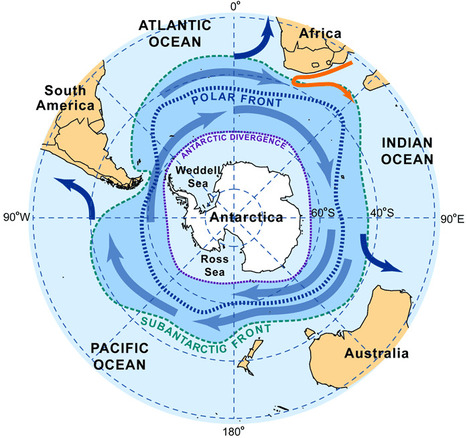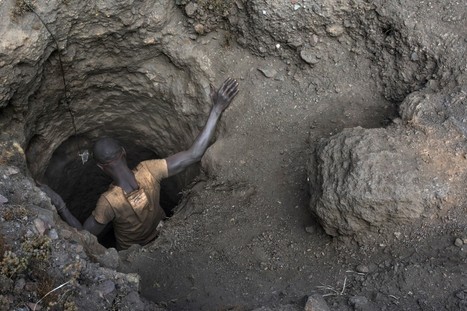Henderson Island is isolated and uninhabited—but its beaches are still covered in garbage.
Henderson Island (article or podcast) is about the most remote place you can visit without leaving the planet. It sits squarely in the middle of the South Pacific, 3,500 miles from New Zealand in one direction and another 3,500 miles from South America in the other. Henderson should be pristine. It is uninhabited. Tourists don’t go there. There’s no one around to drop any litter. The whole place was declared a World Heritage Site by the United Nations in 1988. The nearest settlement is 71 miles away, and has just 40 people on it. And yet, seafaring plastic has turned it into yet another of humanity’s scrapheaps.
Tags: pollution, Oceania, water, environment, sustainability, consumption.



 Your new post is loading...
Your new post is loading...















